Study Reveals Urgent Need for Large Scale Invasive Species Management to Prevent Extinction of Endemic Forest in the Galapagos Islands
A new study conducted by a team of scientists from the Charles Darwin Foundation (CDF), in collaboration with the Galapagos National Park Directorate (GNPD), sheds light on the growing threat posed by invasive plant species to the endemic Scalesia forest, in the Galapagos Islands. The research, published in the Frontiers in Forests and Global Change Journal, highlights the critical need for effective large-scale invasive plant species management to prevent the local extinction of this iconic forest on the island of Santa Cruz.
Island forests worldwide are increasingly under threat from fragmentation and invasion by non-native plants, leading to the loss of unique habitats and the extinction of native species. In the highlands of the Galapagos Islands, the Scalesia forest area, once dominated by the endemic giant daisy tree Scalesia pedunculata, has been significantly reduced due to past land use changes and is now facing escalating invasion by introduced plant species.
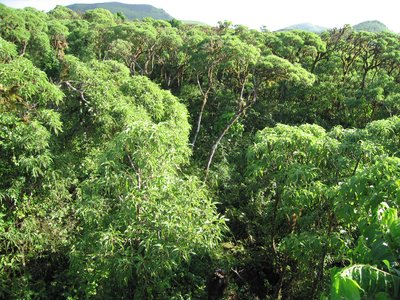
The study, conducted on Santa Cruz Island, where the Scalesia forest comprises only 3% of its historical distribution, assessed the impacts of three invasive plant species – blackberry Rubus niveus, sauco Cestrum auriculatum, and Tradescantia fluminensis – and their removal, on the resident plant communities, with particular attention to the Scalesia pedunculata population. Over a decade (2014–2023), researchers monitored vegetation in 34 permanent 10 m × 10 m plots, comparing areas where invasive plants were removed to those where they weren’t.
The results revealed that the cover of all endemic species, including Scalesia, increased significantly by 37% in the removal plots, while it decreased by 65% in the invaded plots over the 10-year study. The study also showed that the reduction of endemic plant species cover in invaded plots was mainly driven by the decrease in Scalesia cover by 71% and the complete absence of germination of Scalesia seeds, and consequently of young Scalesia plants. The results demonstrate the important role invasive plant removal has for the conservation of this unique forest ecosystem.
Dr Heinke Jäger, lead author of the study and Principal Investigator of the CDF’s Scalesia forest restoration program, highlights: “Today, our findings indicate that without immediate intervention to control invasive plant species at scale, the giant daisy tree faces imminent extinction on Santa Cruz Island within the next 20 years.”
Scalesia plants have a short life cycle of 15-20 years. The species persist by producing numerous seeds that germinate in forest openings. Blackberry, which was introduced in 1968, is highly invasive and forms a dense understory thicket, obstructing sunlight transmission and thus inhibiting the germination of Scalesia seeds, consequently inhibiting Scalesia regeneration.
“We need to act fast. 20 years is the lifespan of a single Scalesia pedunculata tree. The good news is that we have demonstrated that through dedicated management action and by prioritizing invasive species control measures, we can save this beautiful and irreplaceable forest which so many other plant and animal species depend on. We just need the right resources and a sense of urgency,” Jäger adds.
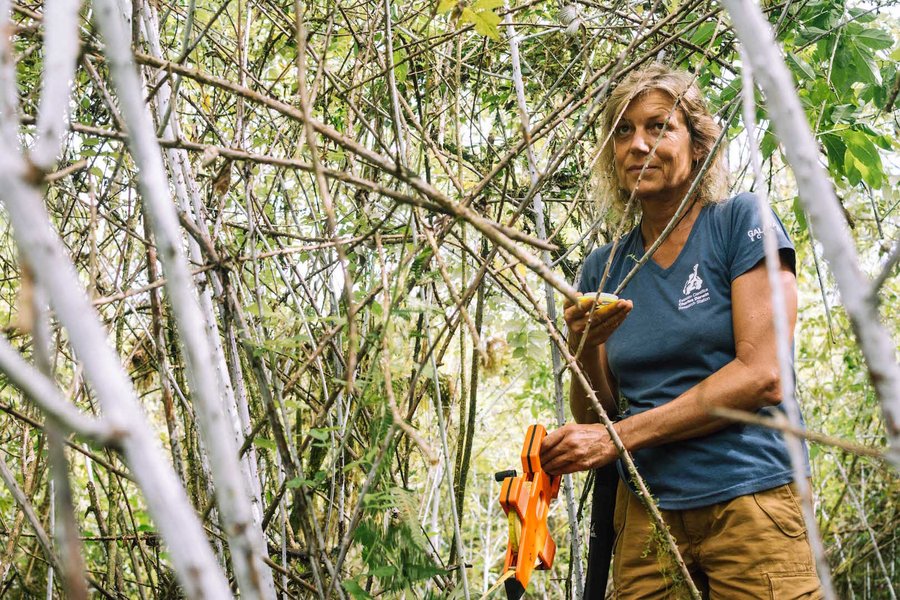
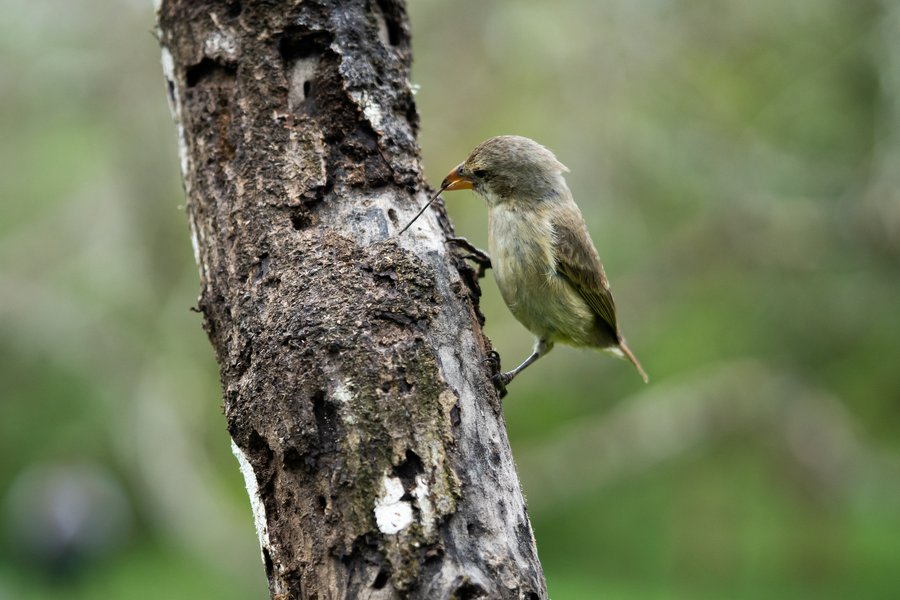
To protect Scalesia, GNPD rangers, together with CDF field assistants, have been controlling invasive plant species manually and chemically for more than 20 years. It is an intensive and costly endeavor that requires sustained action over a long period of time. These control methods are the only ones currently available, while studies are underway to find viable long-term control methods, including biological control.
Christian Sevilla, co-author of the study and technician at the Galapagos National Park Directorate, notes: "In these past 10 years, we have invested effort and budget to combat invasive species in these high-value ecological areas, achieving positive results and demonstrating the feasibility of restoring these ecosystems and their interactions. However, these efforts have not been sufficient to fully recover the populations of endemic species such as Scalesia, which is why it is necessary to increase efforts and explore new control methods such as biological control, which are long-term and less costly."
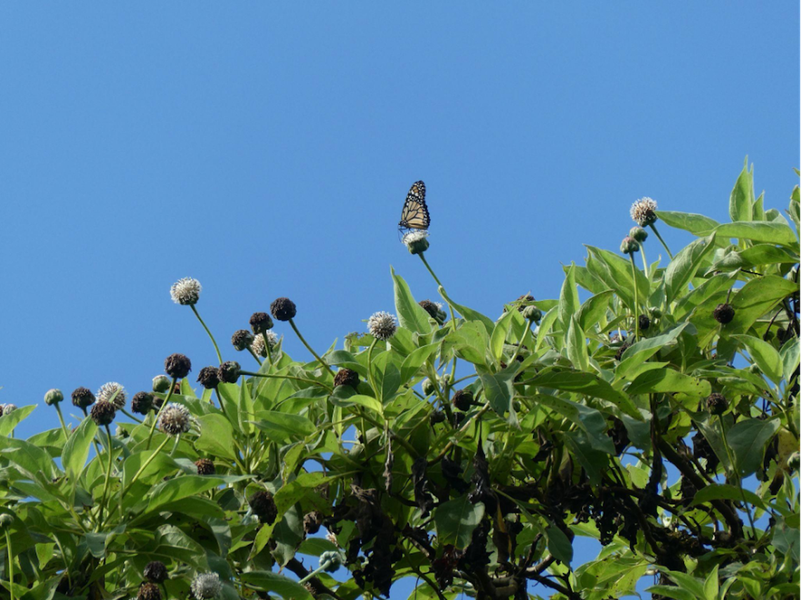
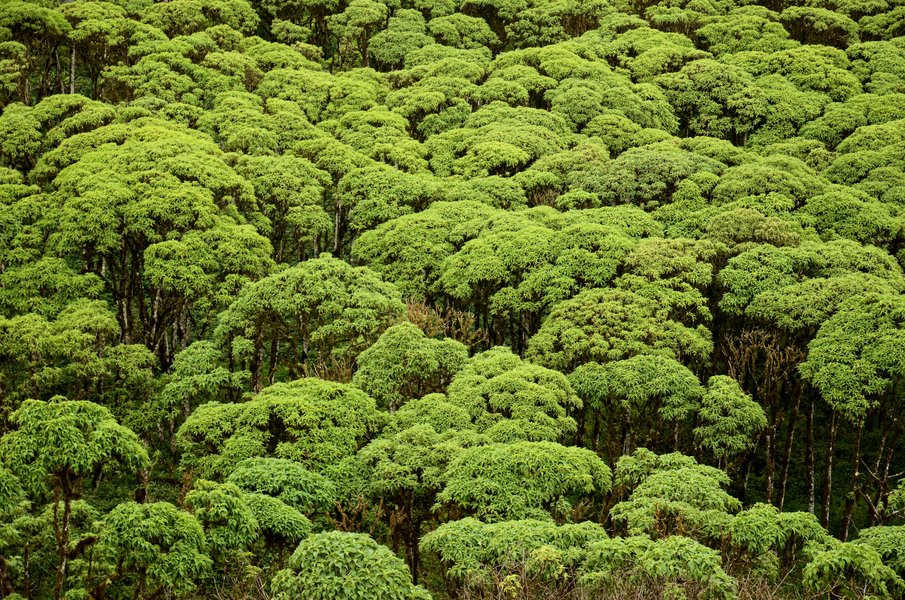
For media, please contact:
Charles Darwin Foundation
Ambre Tanty-Lamothe / Leslie León
comunicacion@fcdarwin.org.ec
Galapagos National Park Directorate
Rosa León, Information officer
rleon@galapagos.gob.ec | +593 96 985 4231
About the Charles Darwin Foundation
The Charles Darwin Foundation for the Galapagos Islands (CDF) is an international nonprofit that has been present in Galapagos since 1959, operating under a special agreement with the Government of Ecuador. Its mission, and that of its Research Station, is to tackle the greatest threats and challenges to Galapagos through scientific research and conservation action, in order to safeguard one of the world’s most important natural treasures. At present, CDF manages over 25 research and conservation projects and is the custodian of more than 135,000 specimens within its Natural History Collections. Our diverse workforce of over 140 individuals is primarily composed of Ecuadorian citizens, with over 60% hailing from the Galapagos Islands. For more information visit: www.darwinfoundation.org





